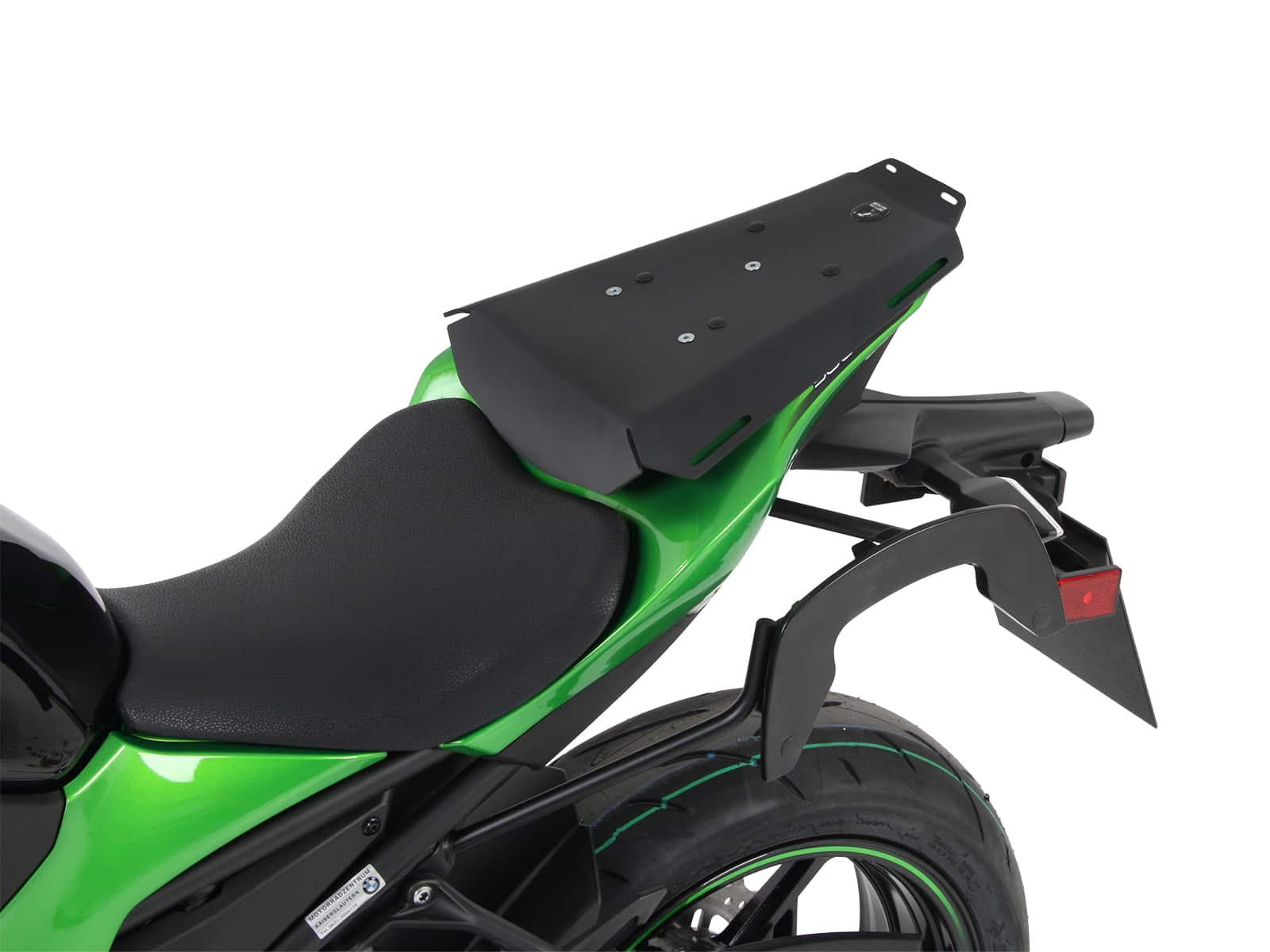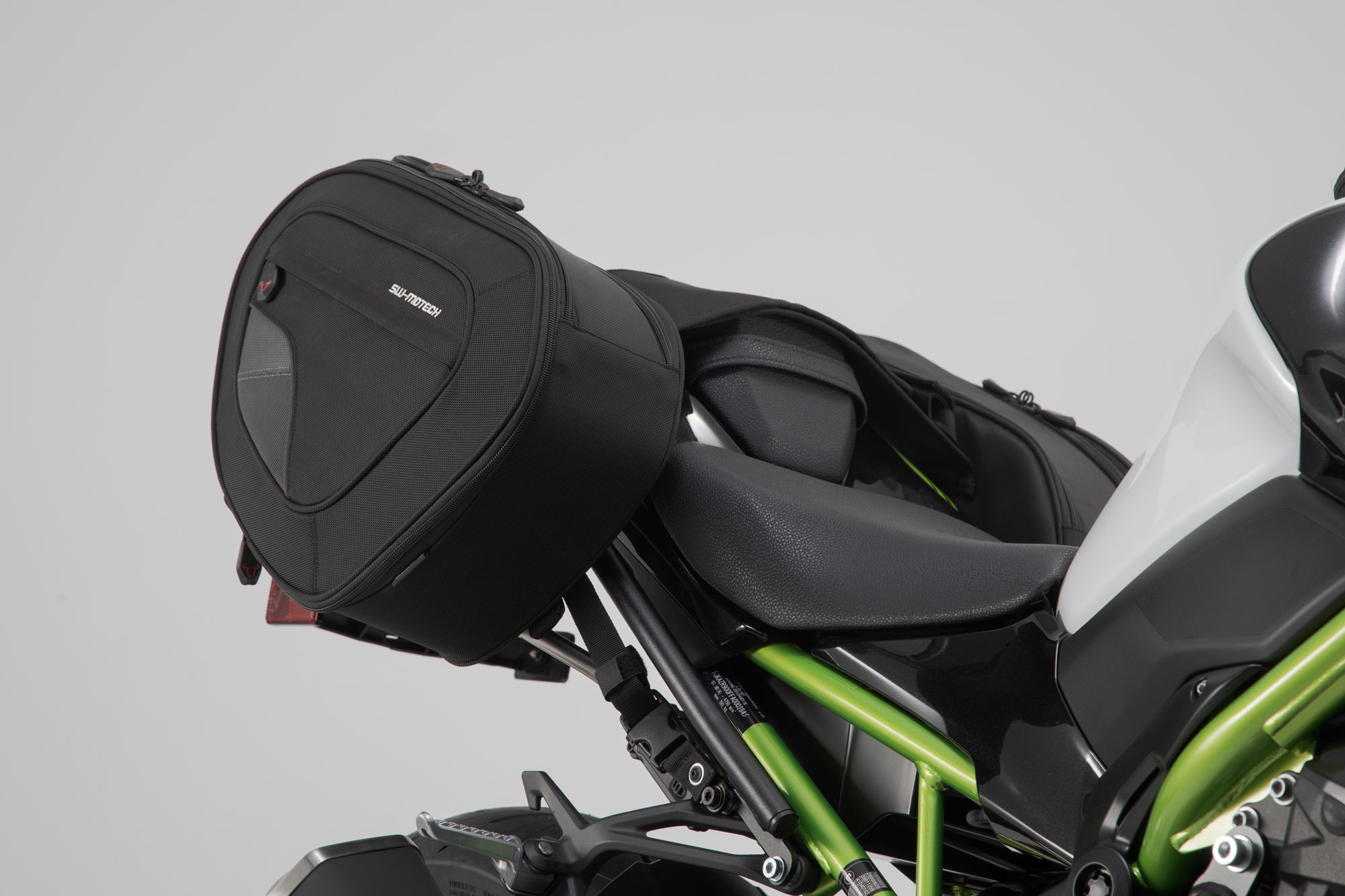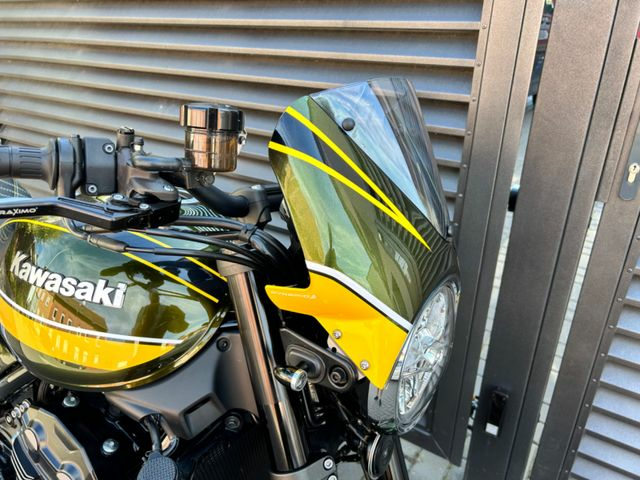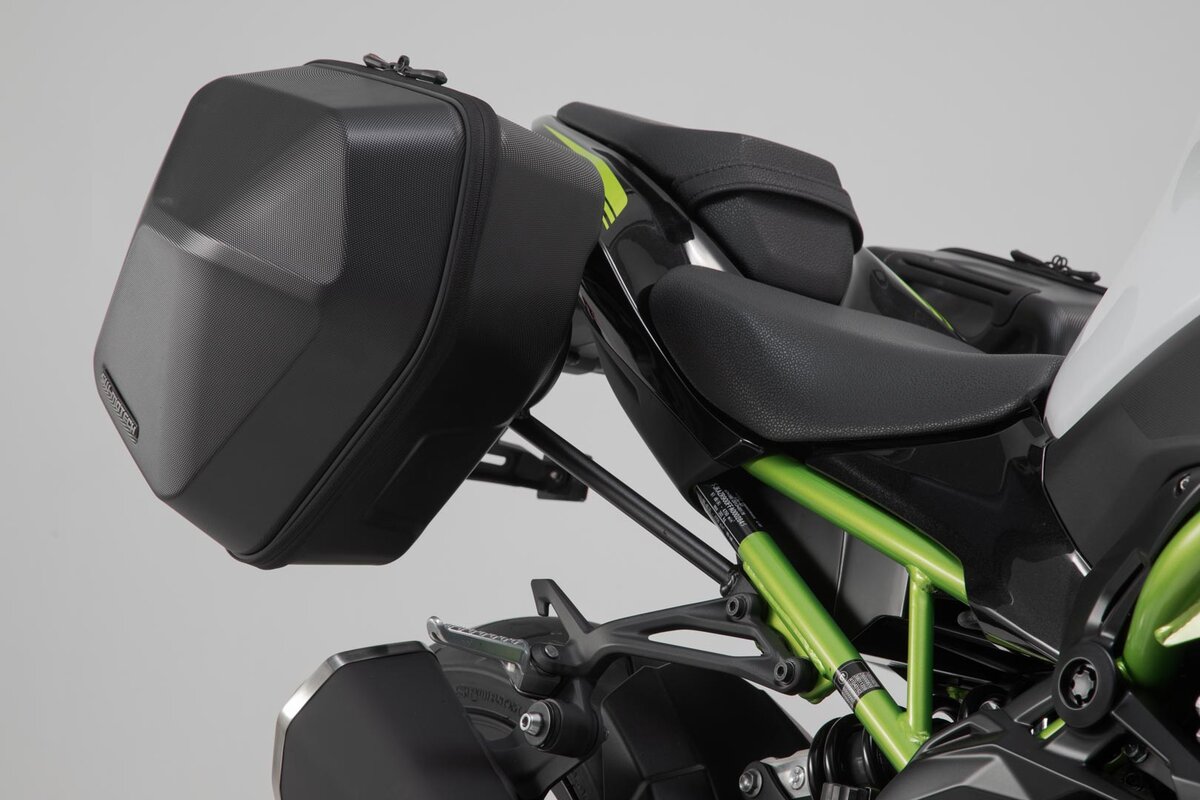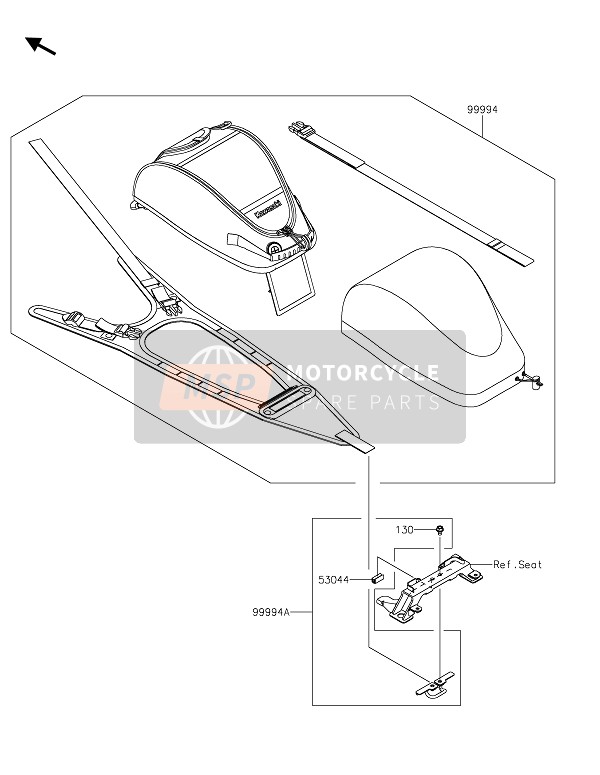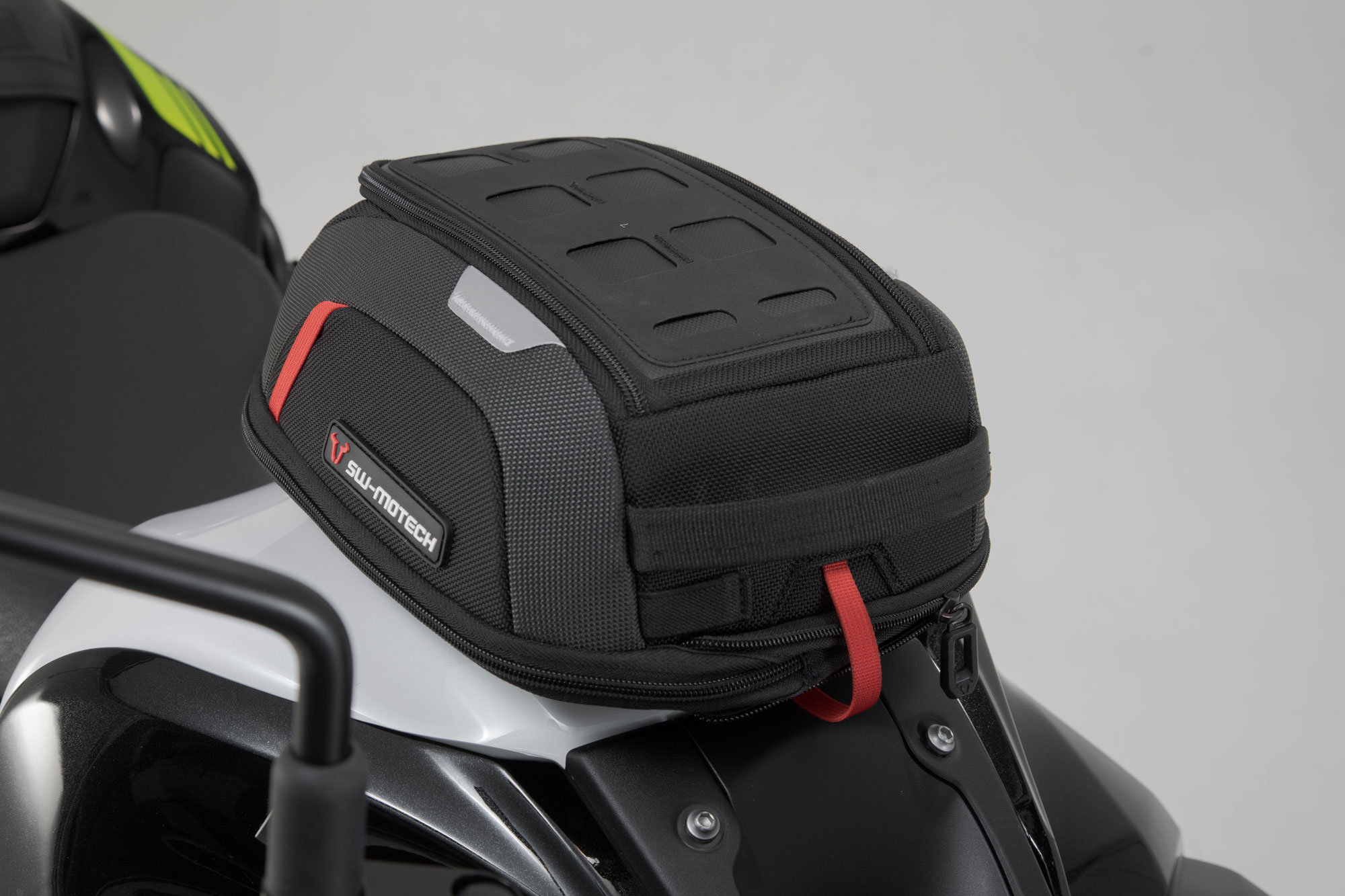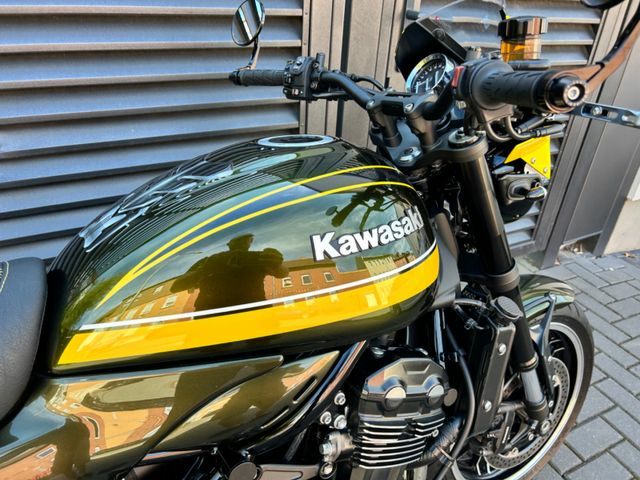
Kawasaki Gebrauchtmotorräder von Motbox Stapelfeld - Hier finden Sie unser Angebot an Gebrauchtfahrzeugen

Lorababer Motorrad Motor Spoiler Belly Pan Guard Unterer Verkleidungsrahmen Panel Carbon Look Schwarz für Kawasaki Z900 Z 900 Z-900 2017 2018 2019 Zubehör (Schwarz) : Amazon.de: Auto & Motorrad

Für kawasaki z900 abs 2017-2024 z900 se motorrad zubehör hinten passagier pillion sitz verkleidung z heck abdeckung - AliExpress

Kawasaki Z 900 2020- (ZR900F, ZR900H) - Original Zubehör | RWN-Moto.de | Motorrad-Zubehör, Motorrad-Tuning, Ersatzteile, Bekleidung und Helme

Amazon.com: For Kawasaki Z900 2017-2022 Modified CNC aluminum Alloy 6-stage Length Adjustable Foldable Brake Clutch Lever Accessories (Green) : Automotive

Exquisite Motorrad Windschutzscheibe Windschutzscheibe Für Kawasaki Z900 Zubehör 2020 2021 2022 Windschutzscheibe Displayschutzteile Z900 Windschutzscheibe | Fruugo DE

Z-Zubehör Mototcycle CNC-Schalter-Knopf-Blinkerschalter-Schlüsselkappe für Kawasaki Z900 Rs Z750 Z800 Z1000 Sx Z650 Z400 Z250 Z300 | Fruugo CH

3d Motorrad Tankaufkleber 3m Tankdeckel Schutzaufkleber Wasserdichtes Zubehör für Kawasaki Z900 Z900 2021 2022 2023 | Fruugo DE

Kawasaki Z900 Garantie/ Scheckheit/Zubehör/1.Hand/SC Project in Hessen - Rödermark | Motorrad gebraucht kaufen | eBay Kleinanzeigen ist jetzt Kleinanzeigen

Kawasaki Z 900 ABS mit viel Zubehör, GARANTIE in Bayern - Senden | Motorrad gebraucht kaufen | eBay Kleinanzeigen ist jetzt Kleinanzeigen

Motorrad Gepäckauflage Für Kawasaki Z900 Z 900 2017 2018 2019 Motorrad Zubehör Hinten Gepäck Rack Gepäckträger Träger Unterstützung Regal Halter Halterung Motorrad Gepäckträger : Amazon.de: Auto & Motorrad

Kaufe Z900 Z900RS Rahmen Slider Crash-schutz Für KAWASAKI Z 900 RS SE Motorrad Zubehör Fallen Schutz Motor Crash | Joom

3d Kohlefaser Motorrad Tank Aufkleber Racing Öl Tankdeckel Schutz Aufkleber Zubehör Wasserdicht für Kawasaki Z900 Z900 2021 | Fruugo DE

Z900 Motorrad Zubehör Motor Schutzfolie Crash Slider Schutz Für KAWASAKI Z900 Z 900 2017 – die besten Artikel im Online-Shop Joom Geek











